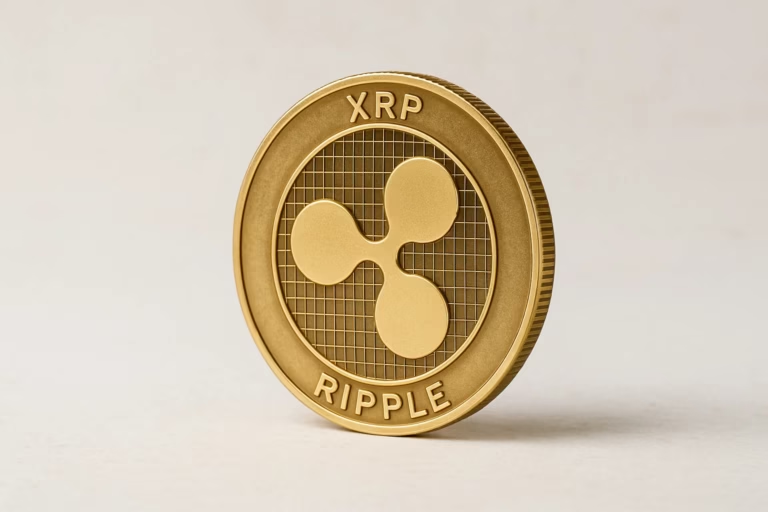
- Solana staking in 2025 allows users to earn passive income by delegating their SOL through native or liquid staking using wallets like Phantom.
- Solana’s fast network, low entry requirements, and built-in rewards make it a beginner-friendly choice for crypto participation.
Staking Solana (SOL) in 2025 has never been easier—or more rewarding. With zero minimum requirement and fast transaction speeds, Solana’s ecosystem offers crypto holders a convenient way to earn passive income while securing the network.
Why Stake Solana?
Solana staking allows you to earn rewards simply by locking your SOL in a compatible wallet. It also grants voting power on governance proposals and boosts network security. With rewards paid out every two days (called epochs), staking is not only profitable but also participatory.
Choose a Wallet and Get Started
First, install a SOL-compatible wallet. Phantom Wallet is a beginner-friendly option with built-in staking features. After downloading it and creating your wallet, fund it by transferring or purchasing SOL directly within the interface.
Two Staking Paths: Native vs. Liquid
Native staking locks your SOL, offering simplicity but less flexibility. You must unstake before accessing your tokens again.
Liquid staking, on the other hand, allows you to earn rewards while maintaining liquidity through Liquid Staking Tokens (LSTs). Phantom integrates with Jito for this option, letting you receive JitoSOL in return.
Delegate to a Validator
When staking natively, you’ll choose a validator—an entity that validates transactions and votes on network proposals. Pick one with a solid reputation and reasonable Annual Percentage Yield (APY). Delegating means trusting them to act in the network’s best interest.
Unstaking Your Solana
Unstaking is simple, whether you chose liquid or native staking.
- For native staking, go to your wallet’s token list, view your stake, and select “Unstake.”
- For LSTs, click “Unstake” through your provider’s platform. Immediate and delayed options are available, depending on how fast you need your SOL back.
Understand the Risks
Staking is considered relatively safe, but risks remain. These include market volatility, validator misconduct, and potential cyberattacks. Solana has also faced occasional outages, highlighting the importance of diversifying and choosing validators wisely.
Whether you’re new to staking or looking to optimize your crypto holdings in 2025, Solana offers an accessible and efficient platform. With rewards, governance rights, and minimal barriers to entry, staking SOL is a smart step toward engaging with the crypto ecosystem.
ALSO READ:Invesco Files Solana ETF in Delaware to Expand Crypto Offerings
DISCLAIMER:
The views and opinions expressed herein are solely those of the author and do not necessarily reflect the views of the publisher. The publisher does not endorse or guarantee the accuracy of any information presented in this article. Readers are encouraged to conduct further research and consult additional sources before making any decisions based on the content provided.




